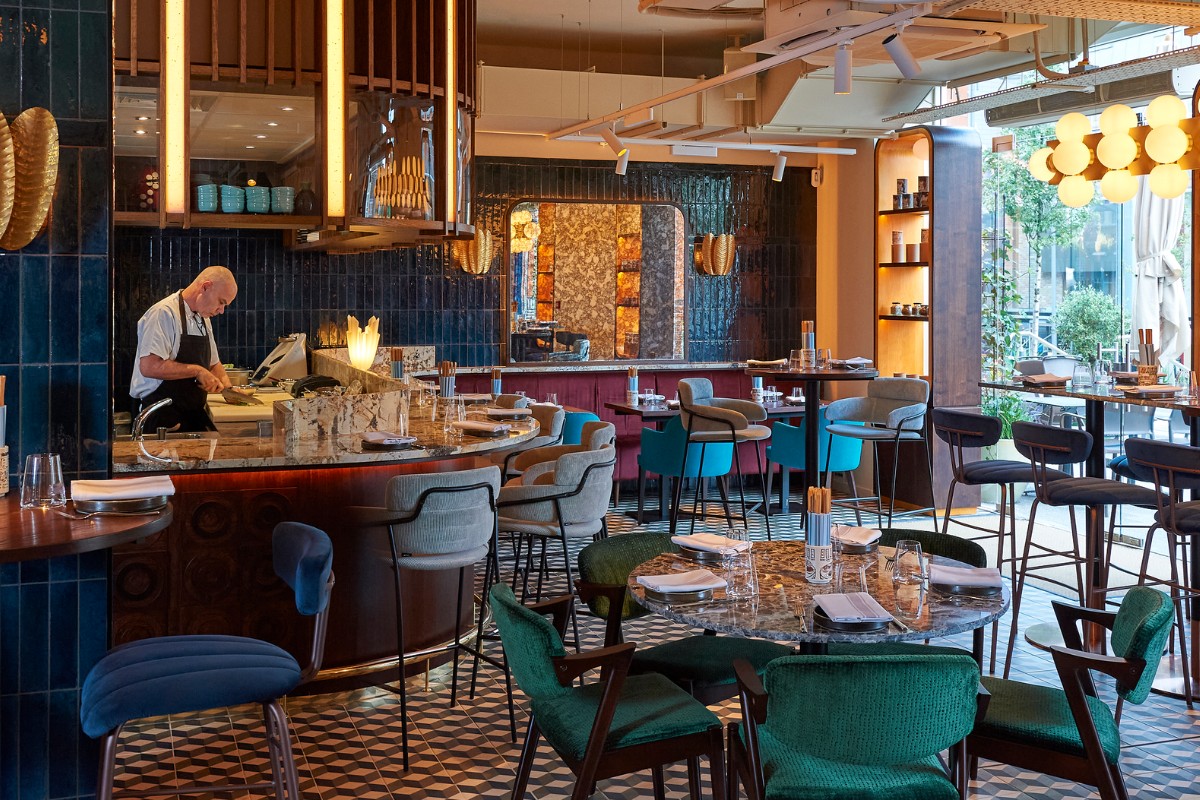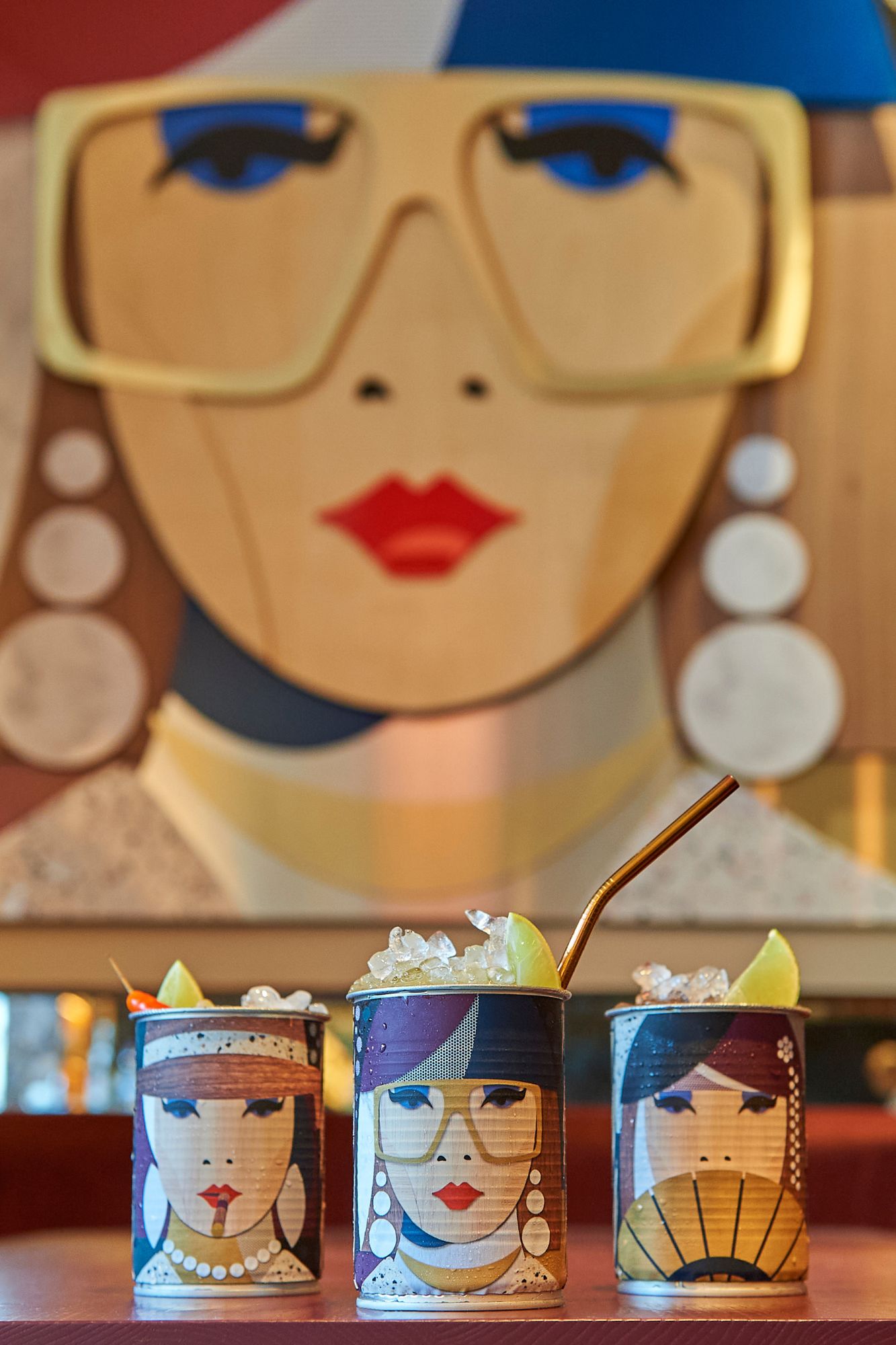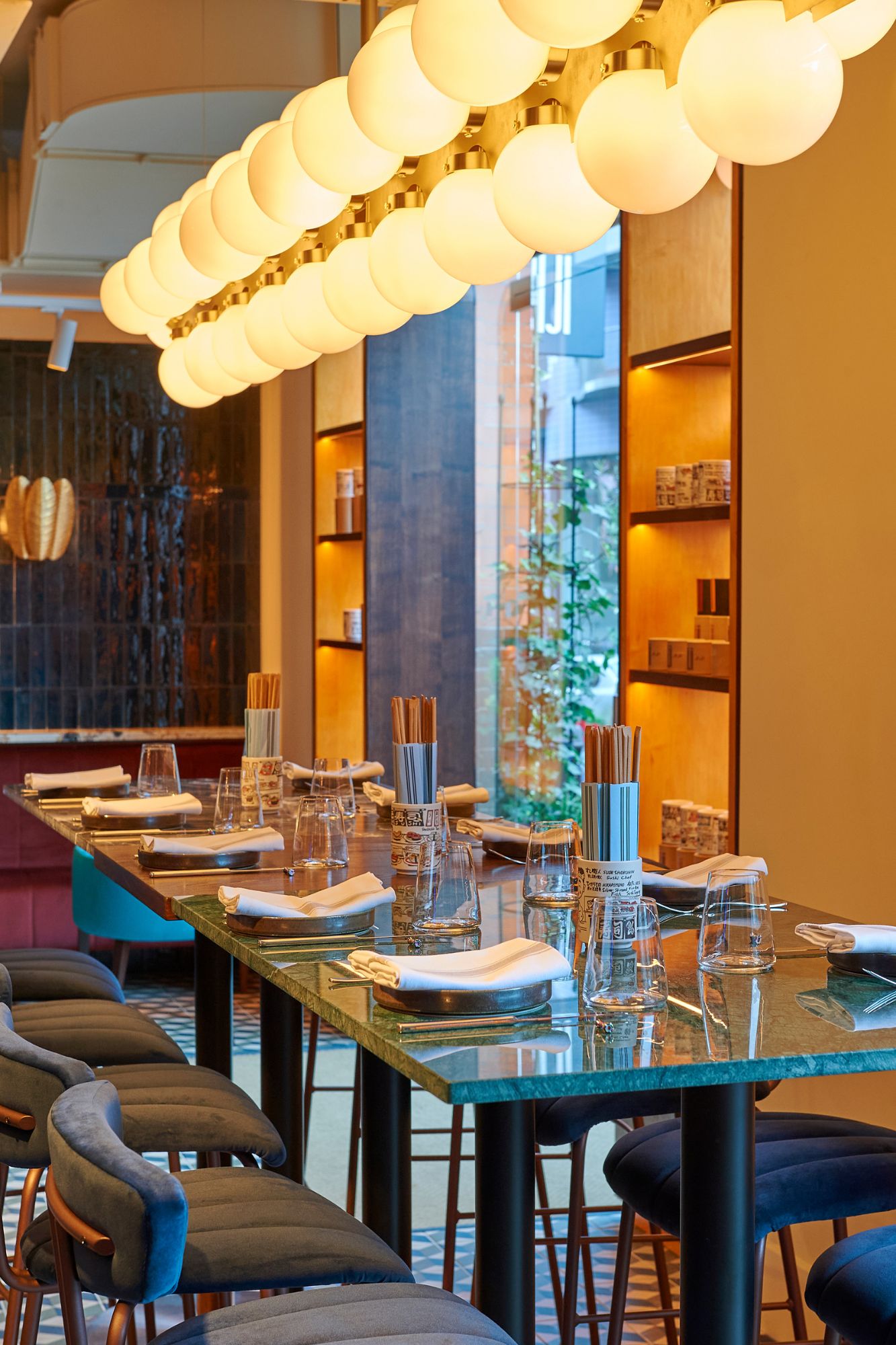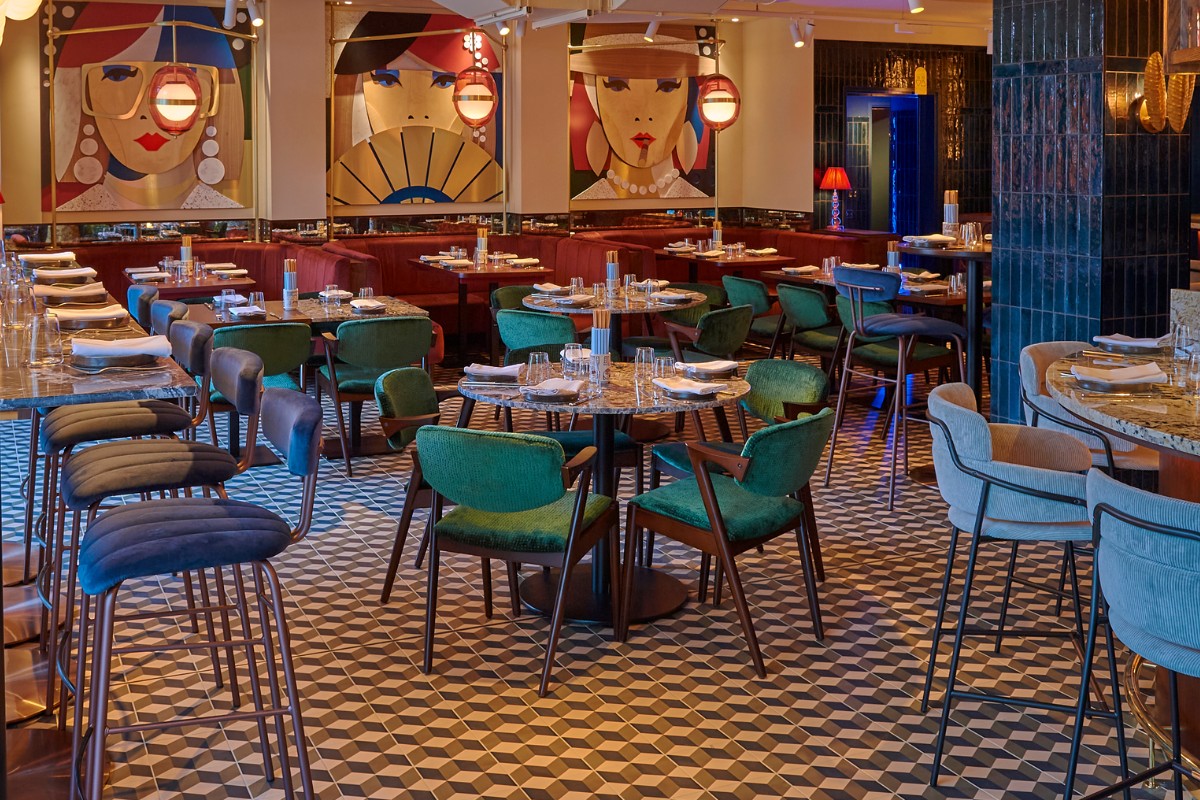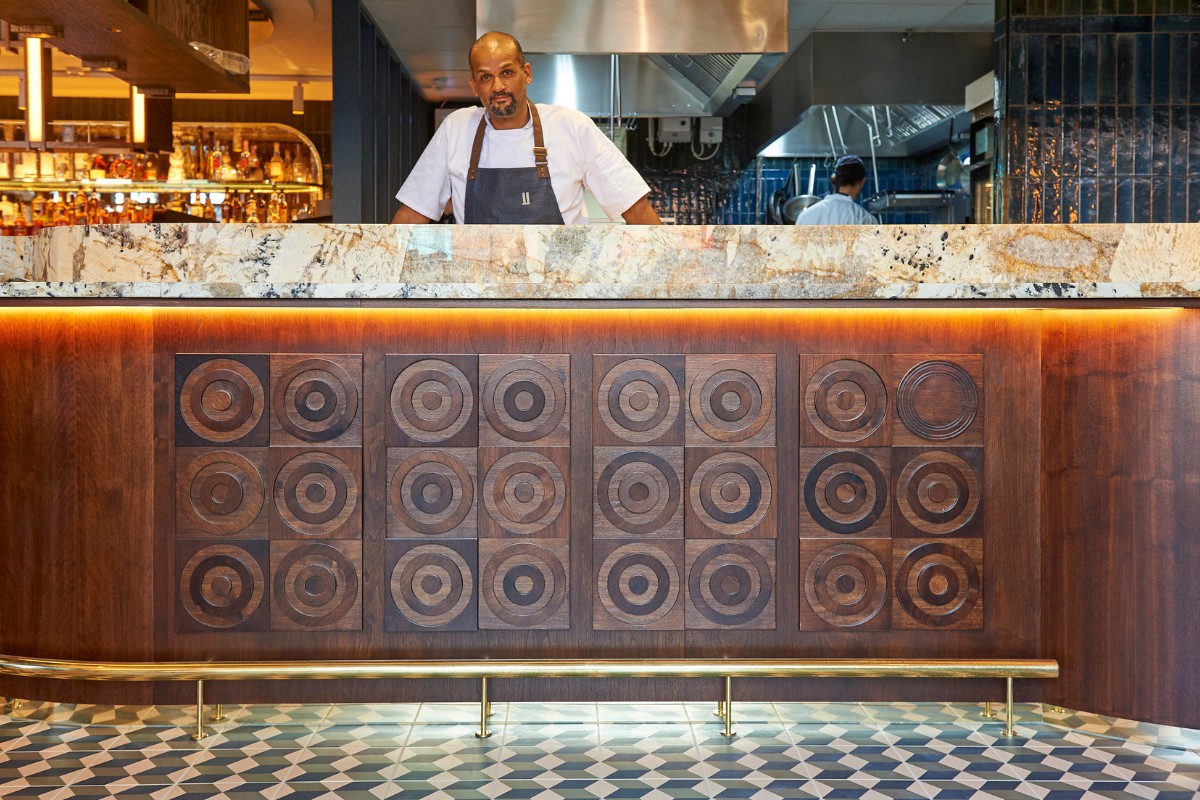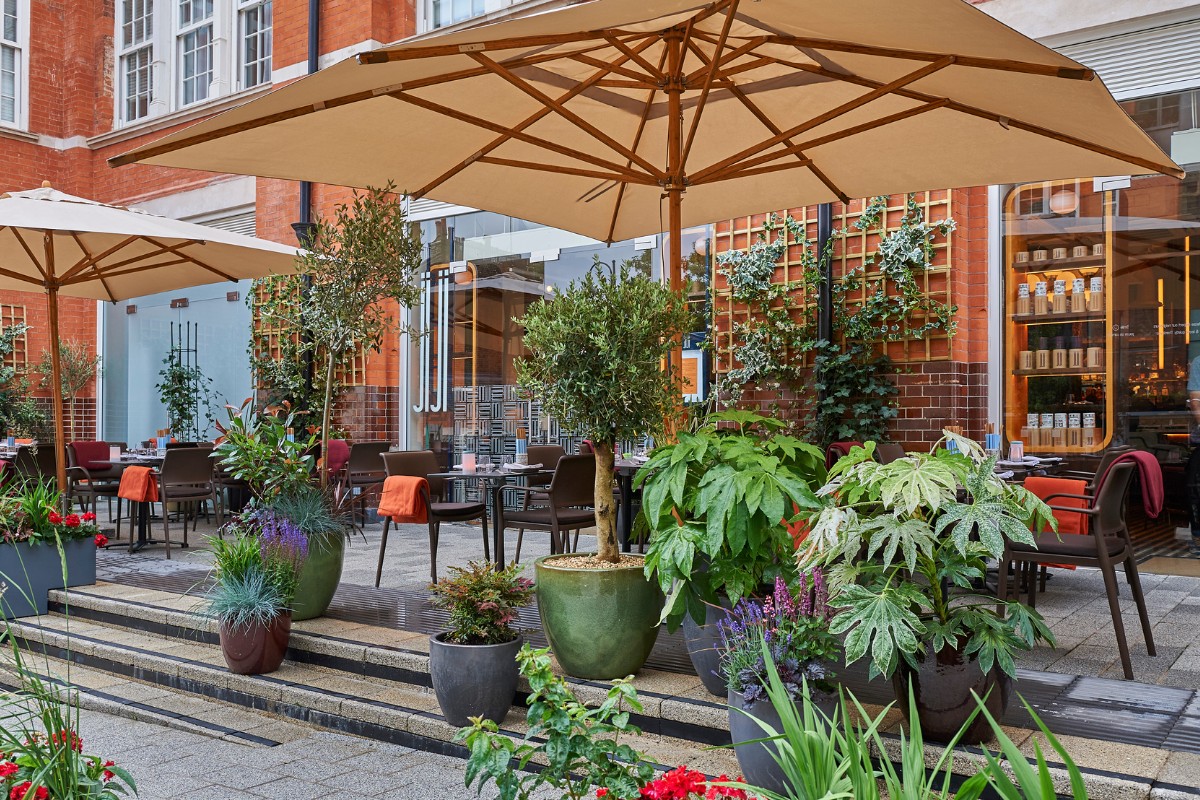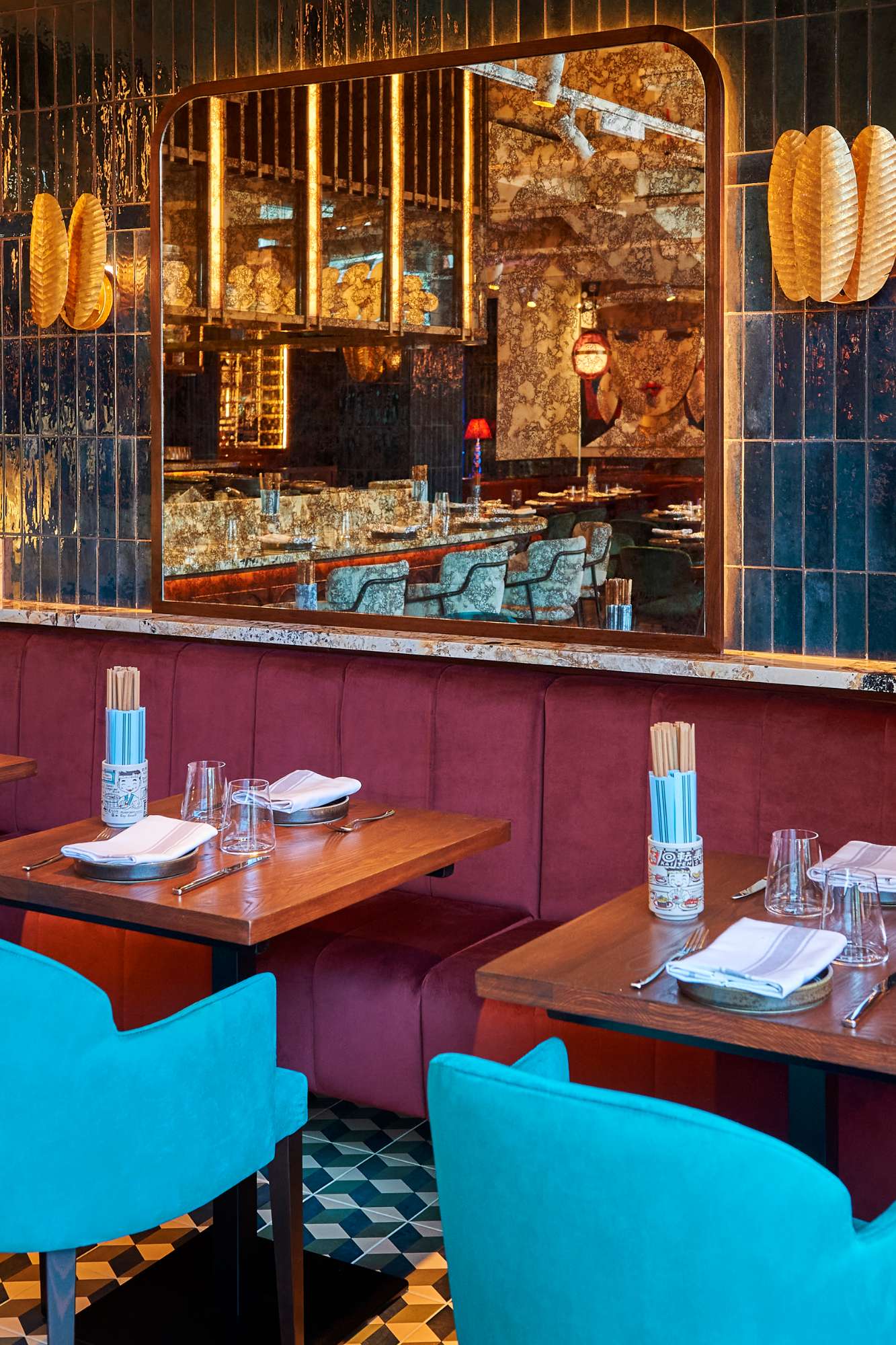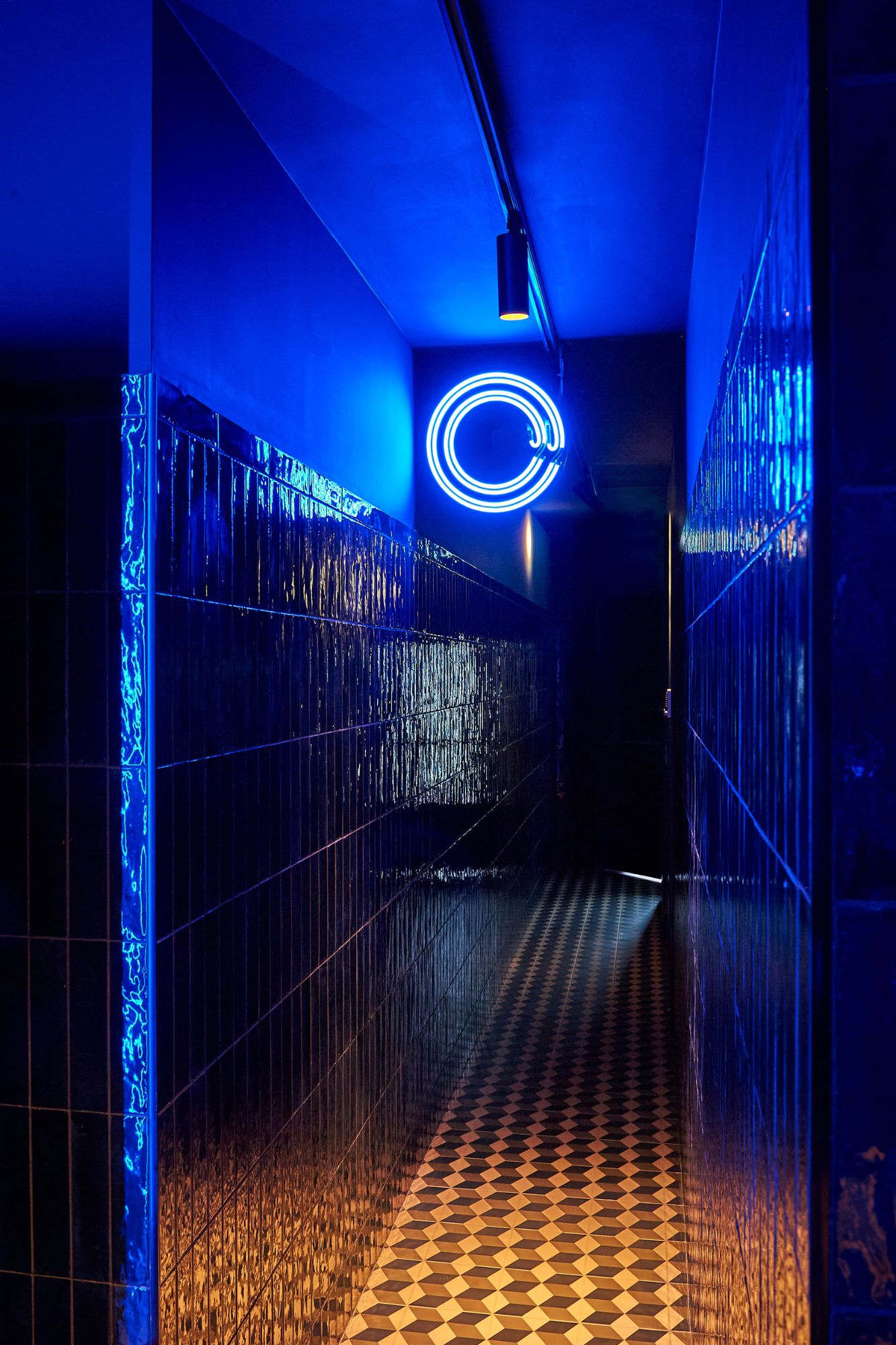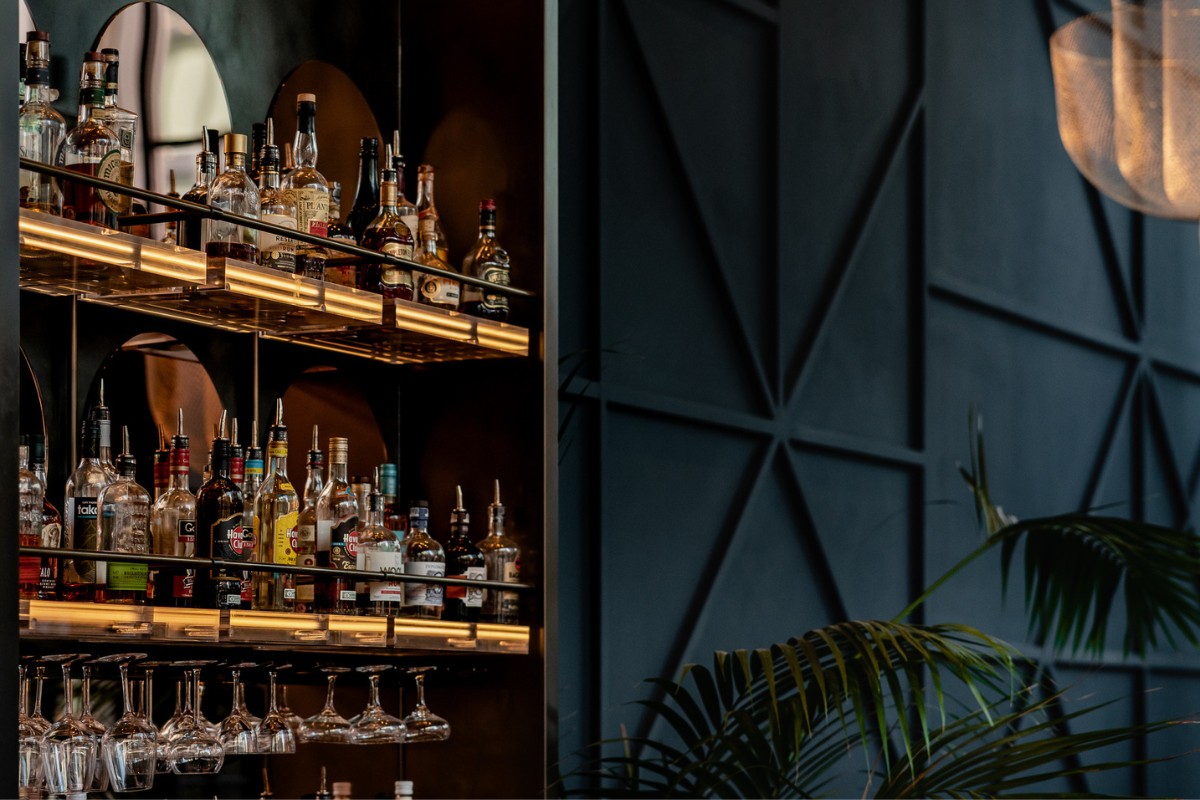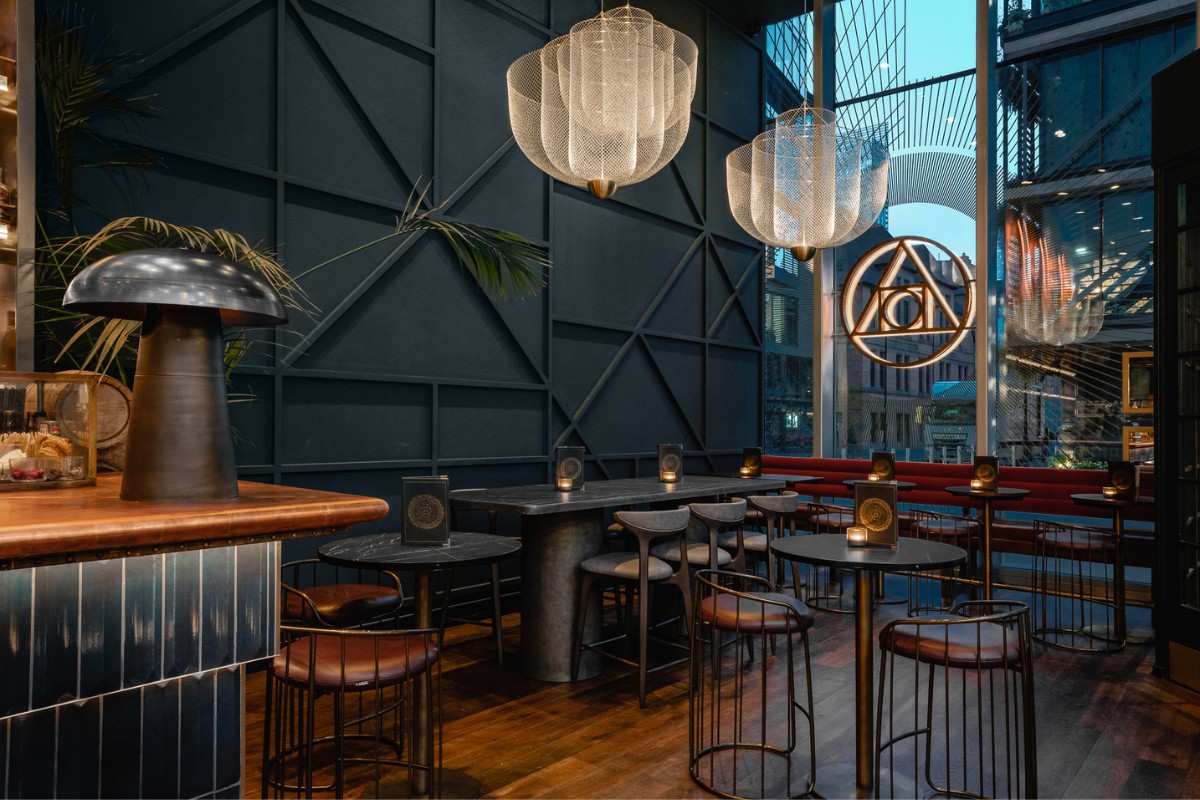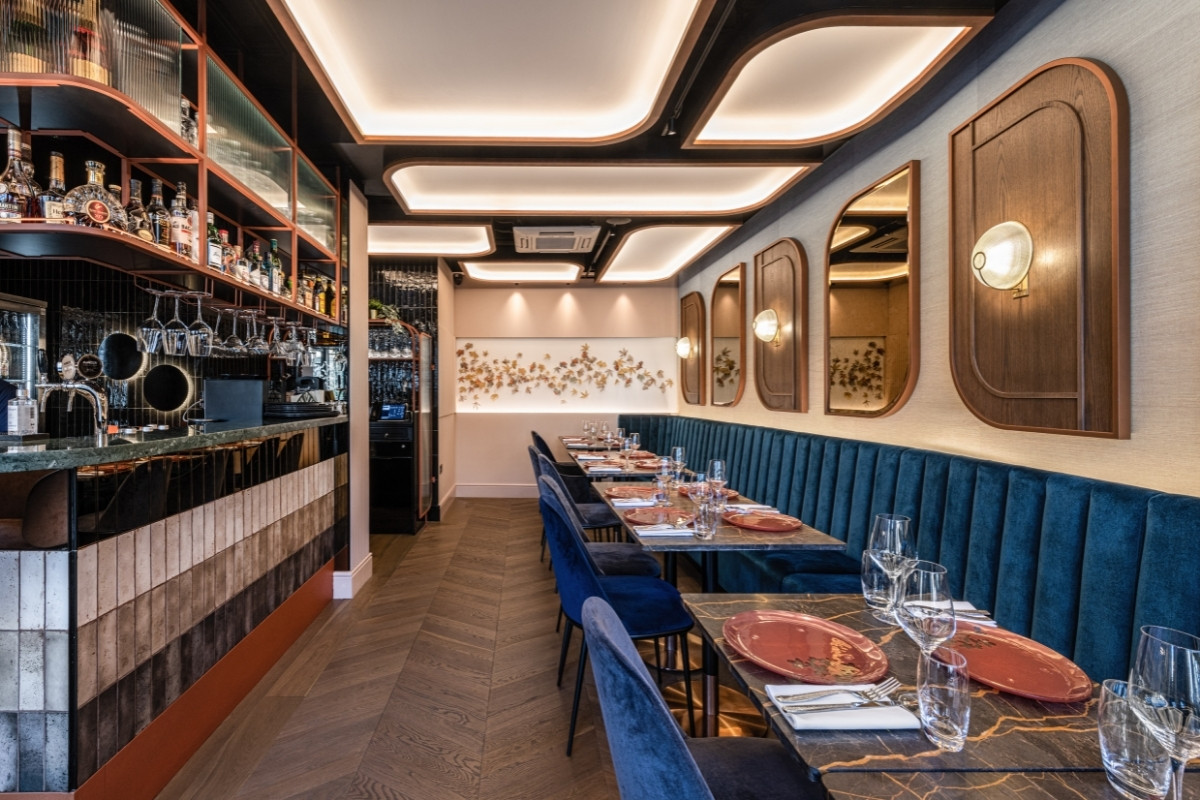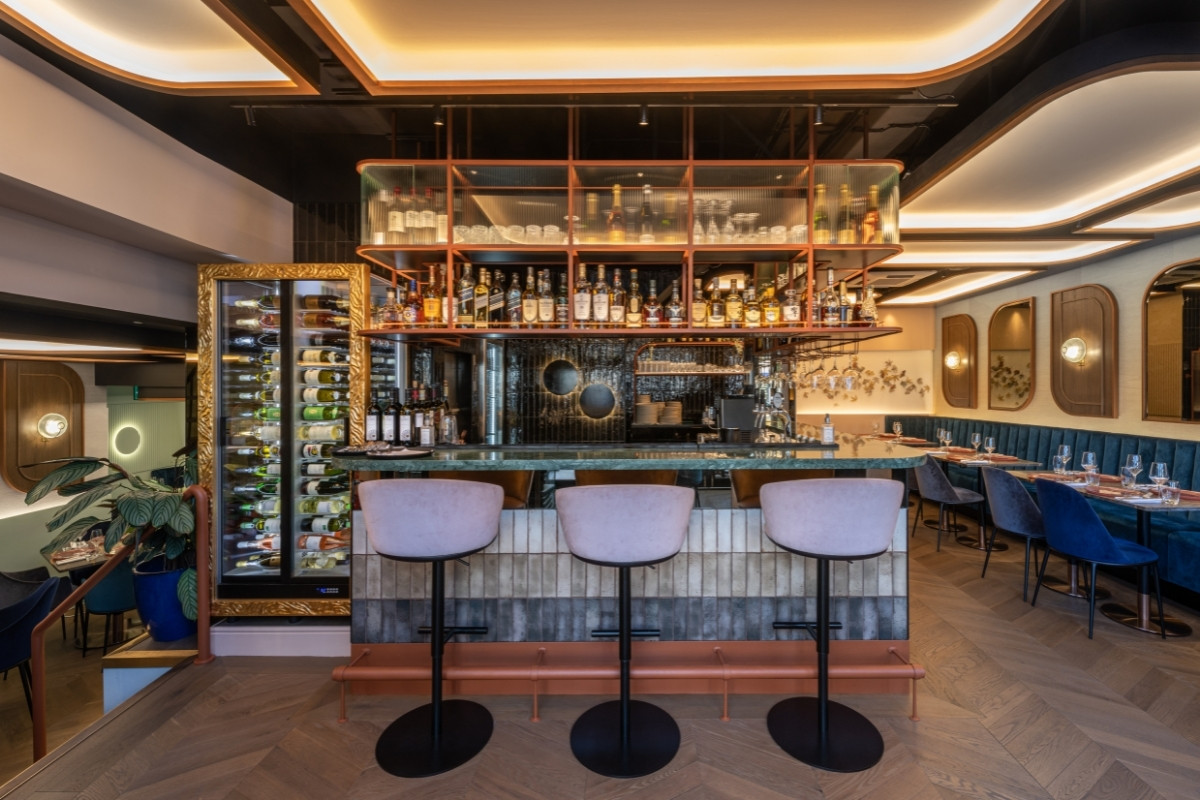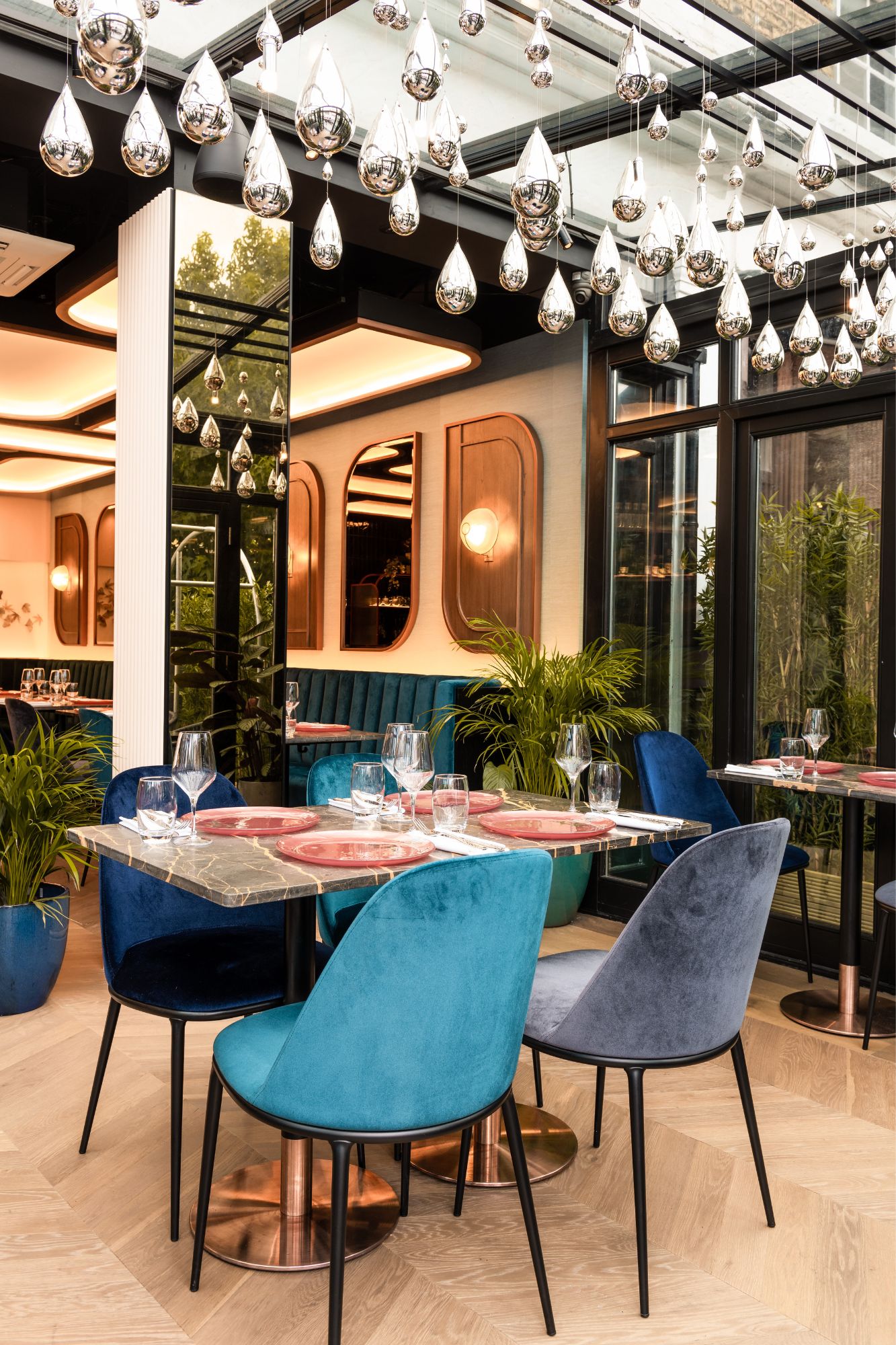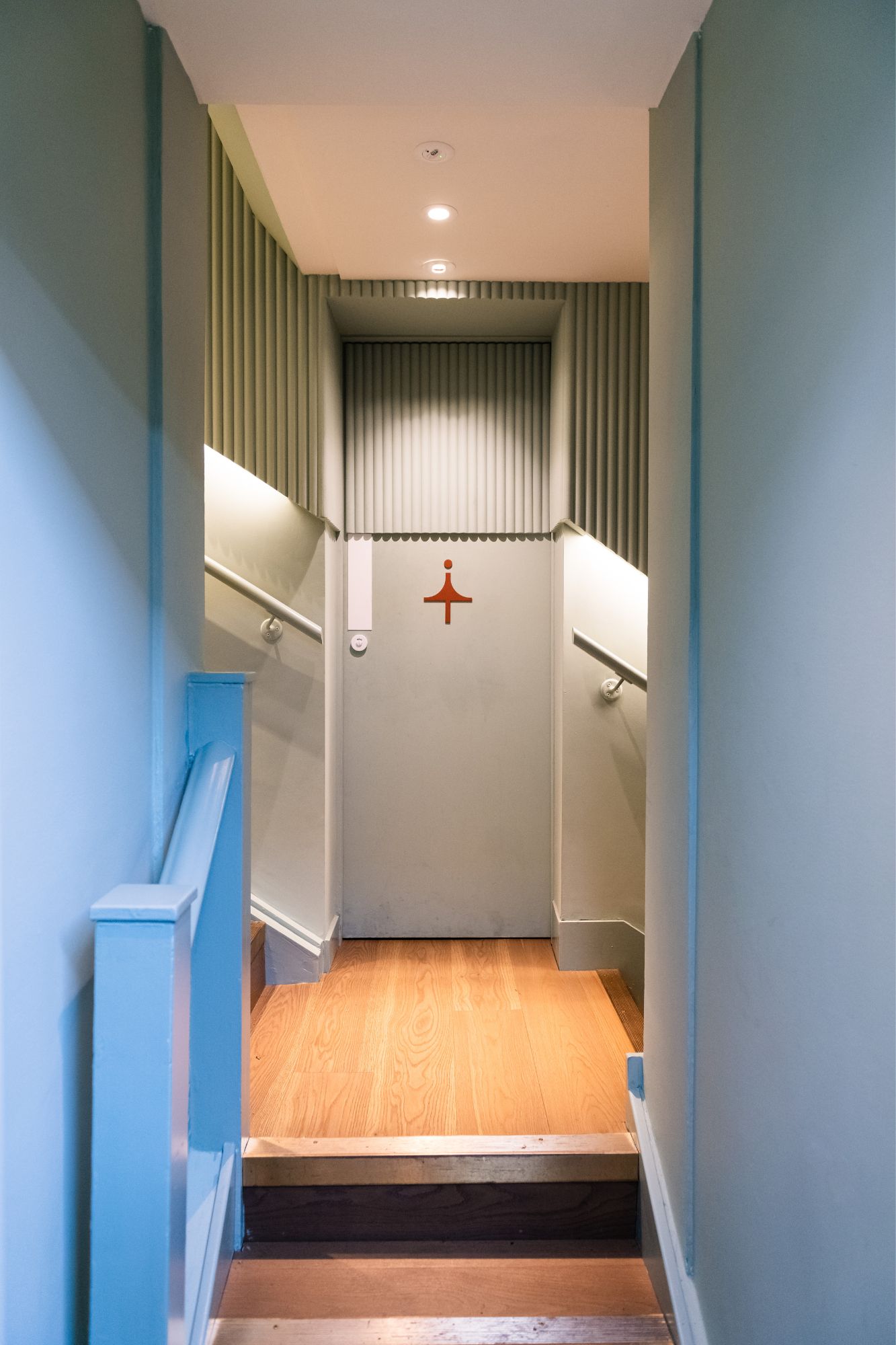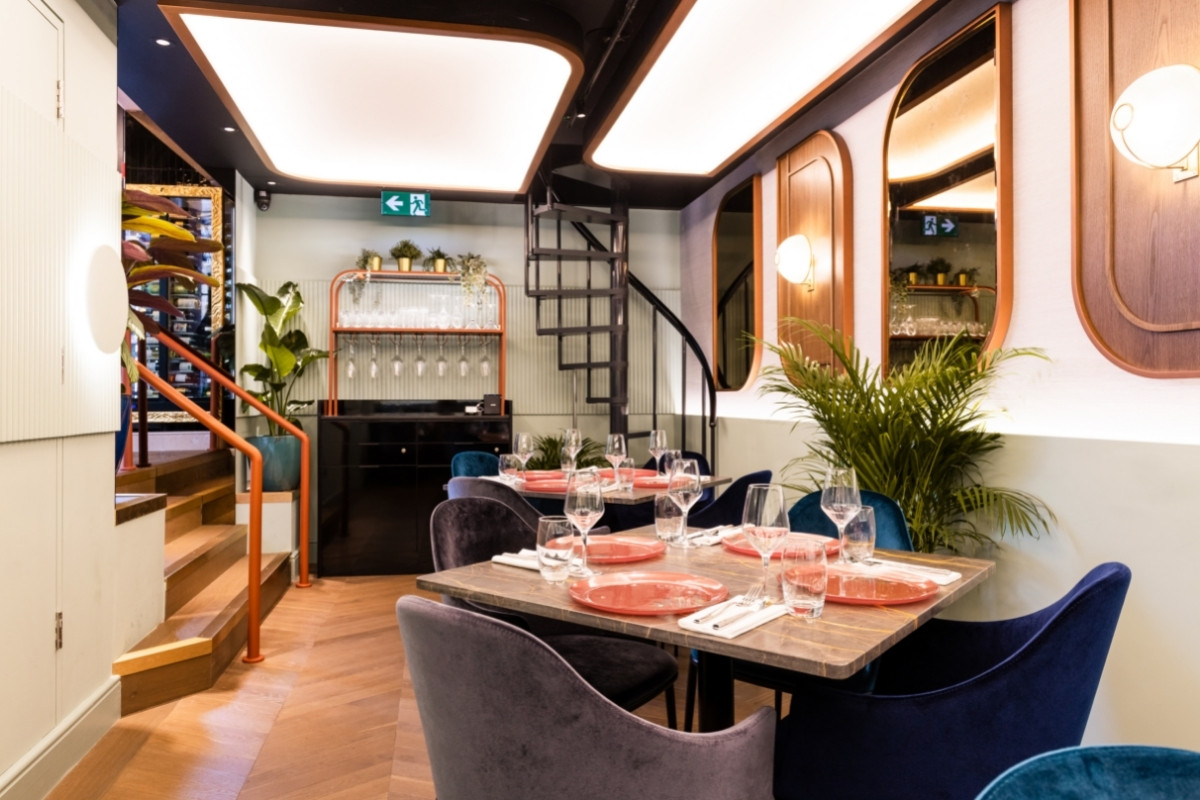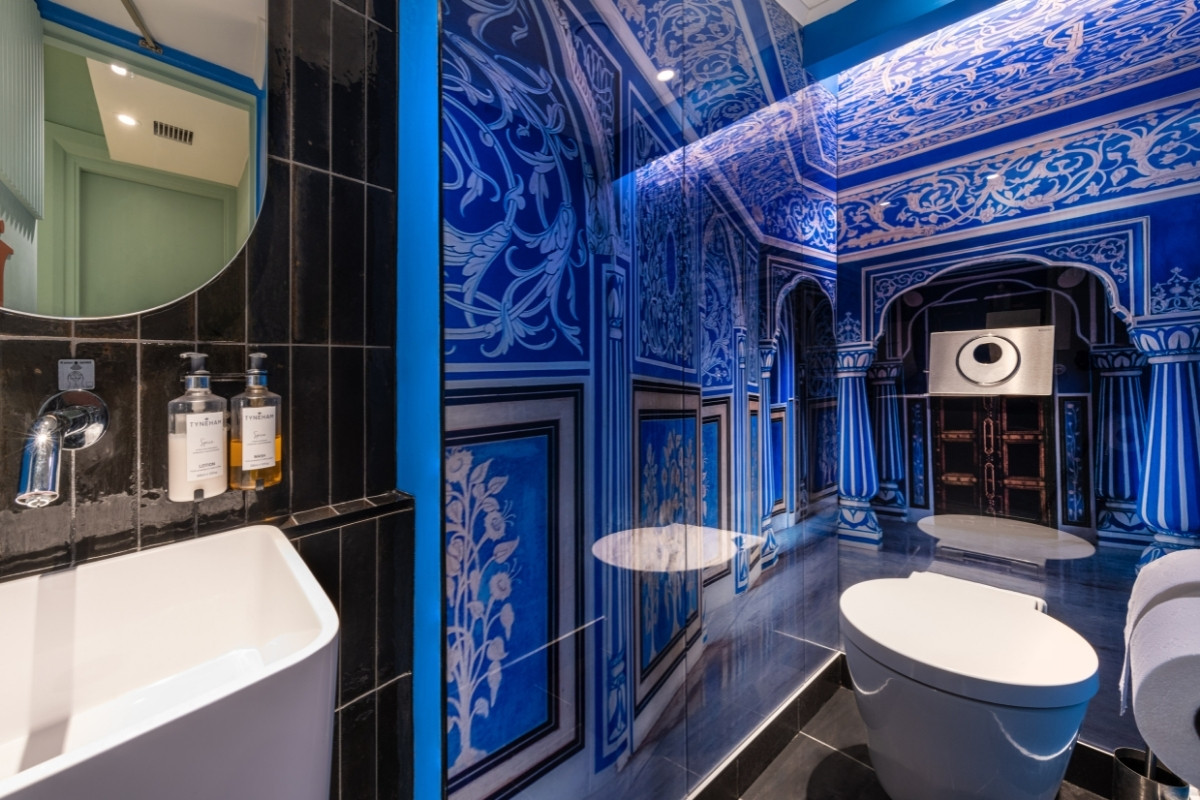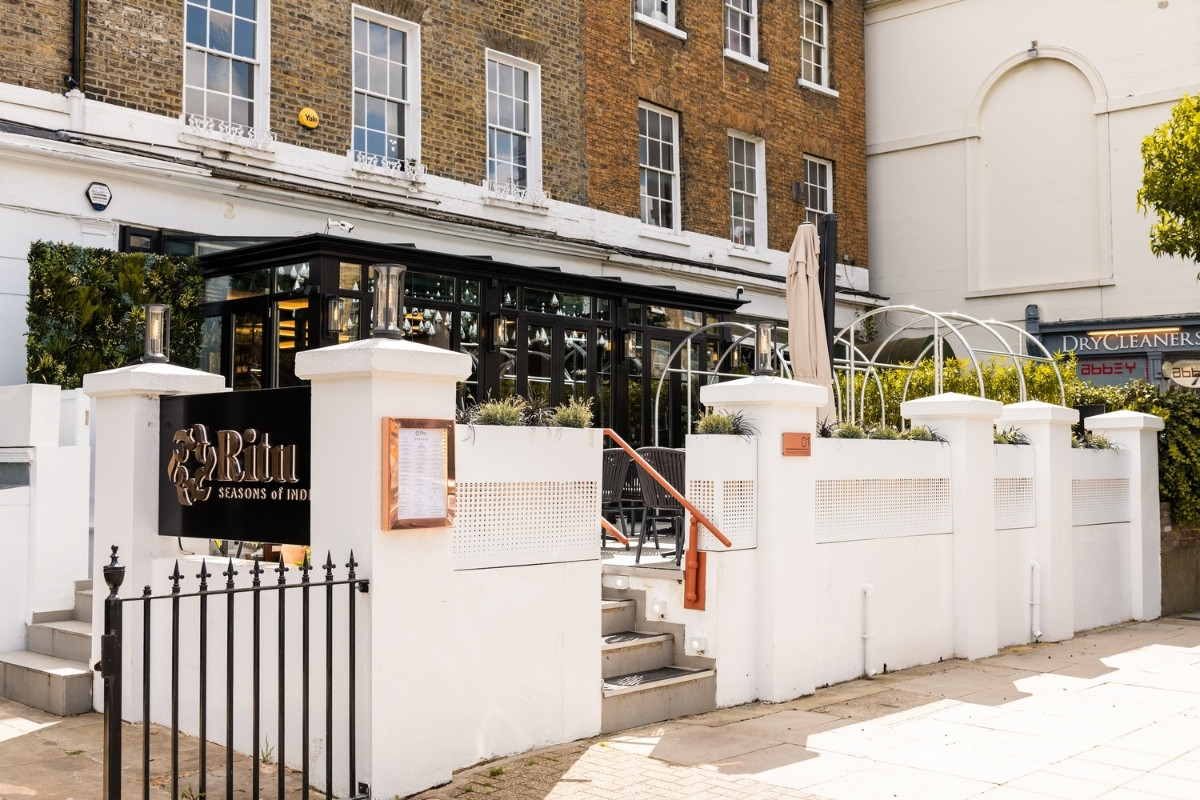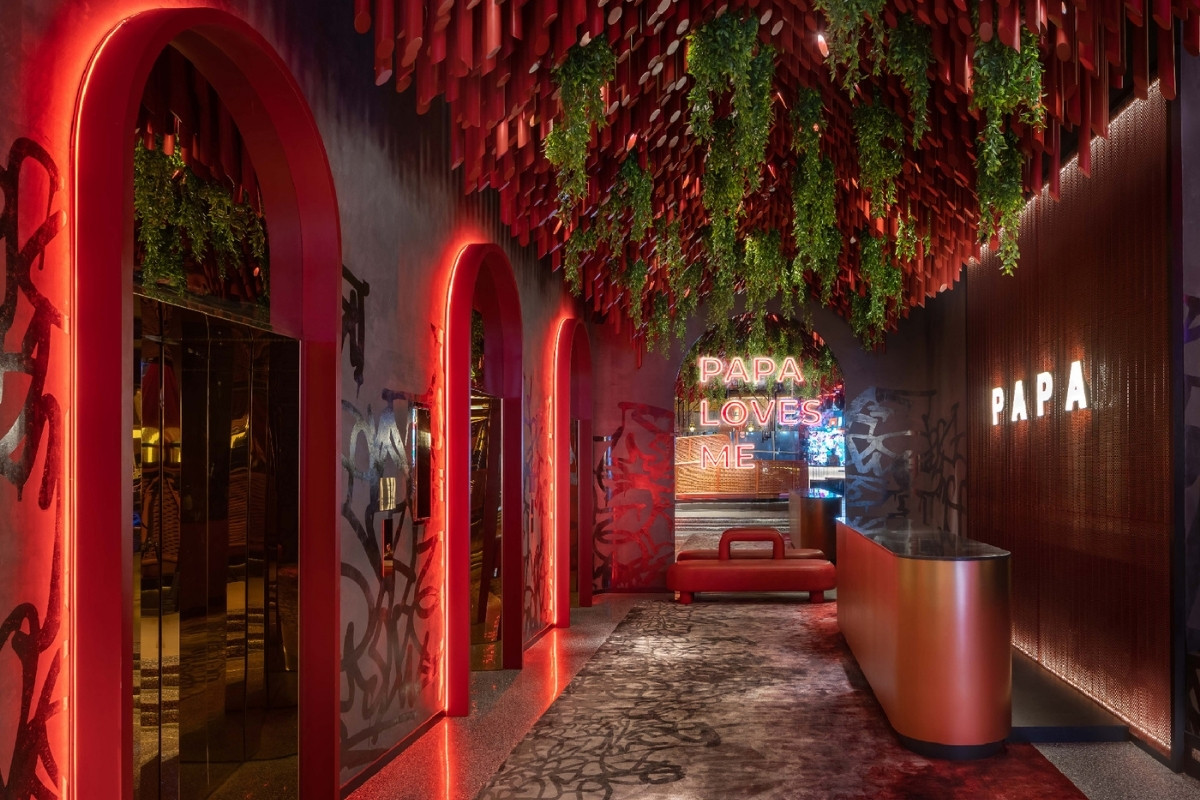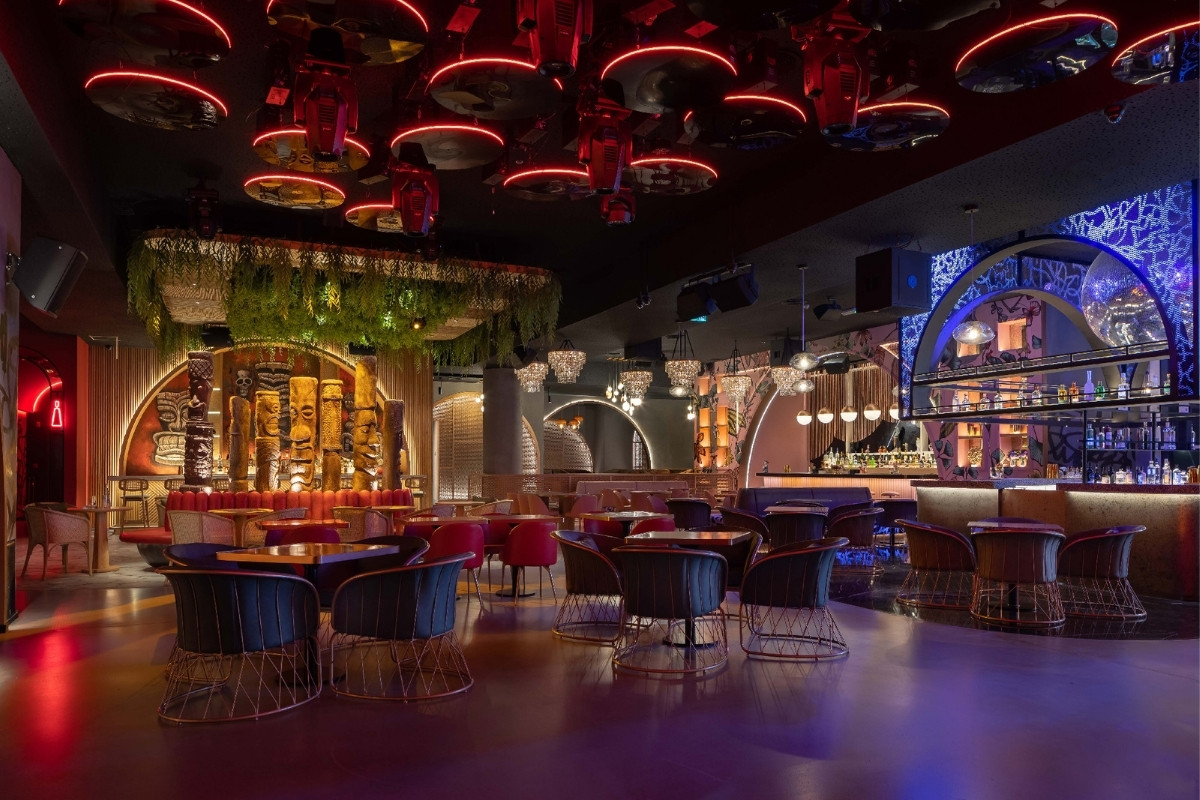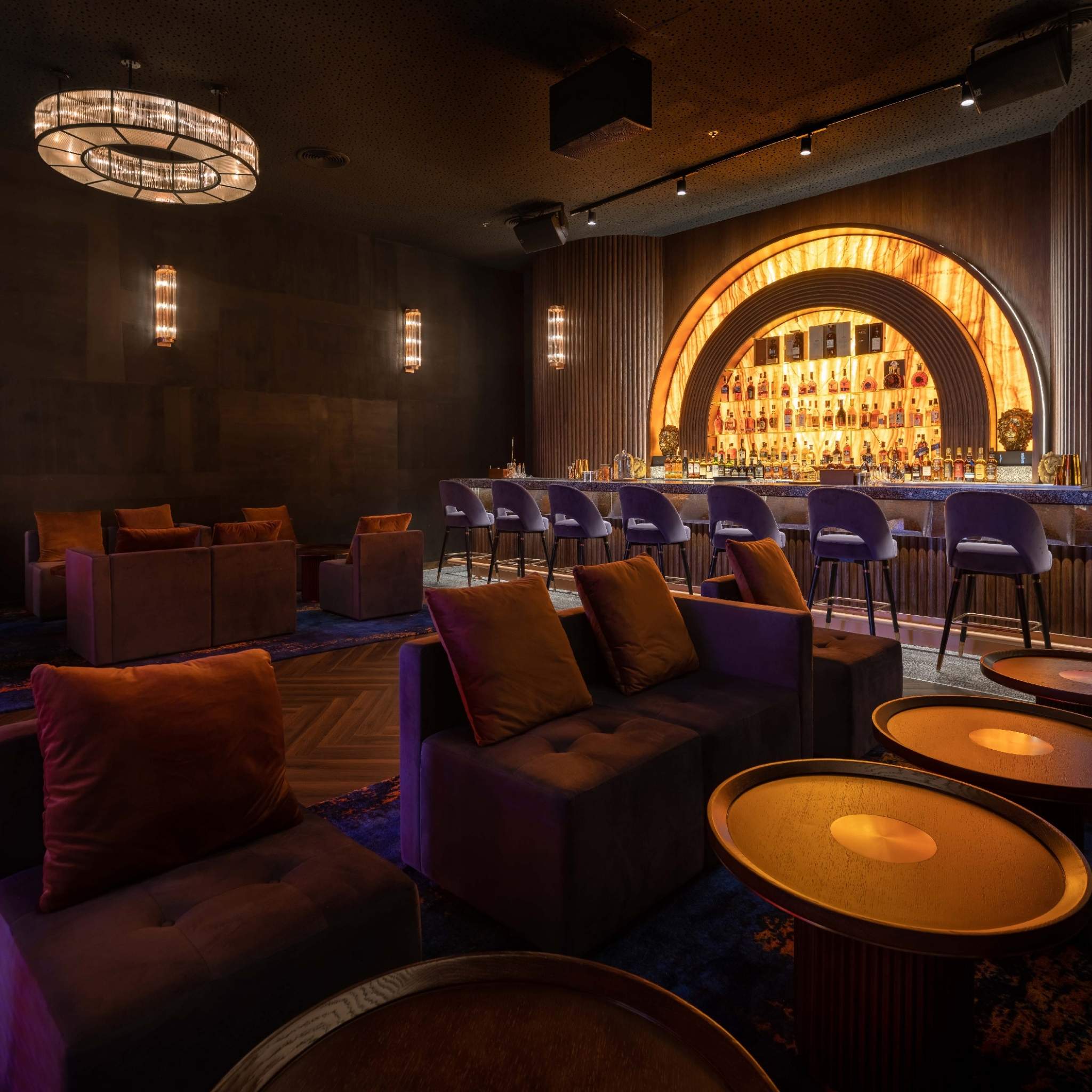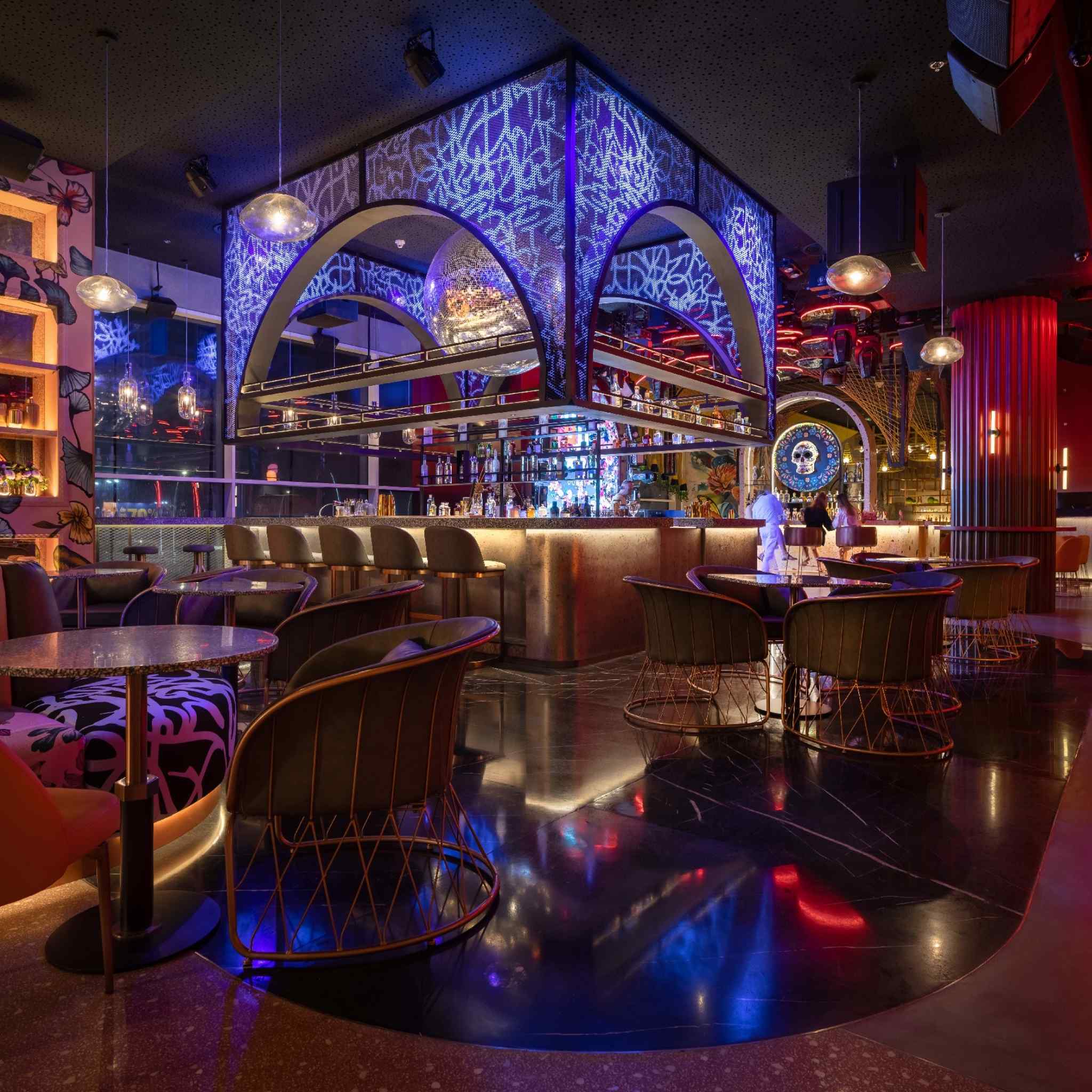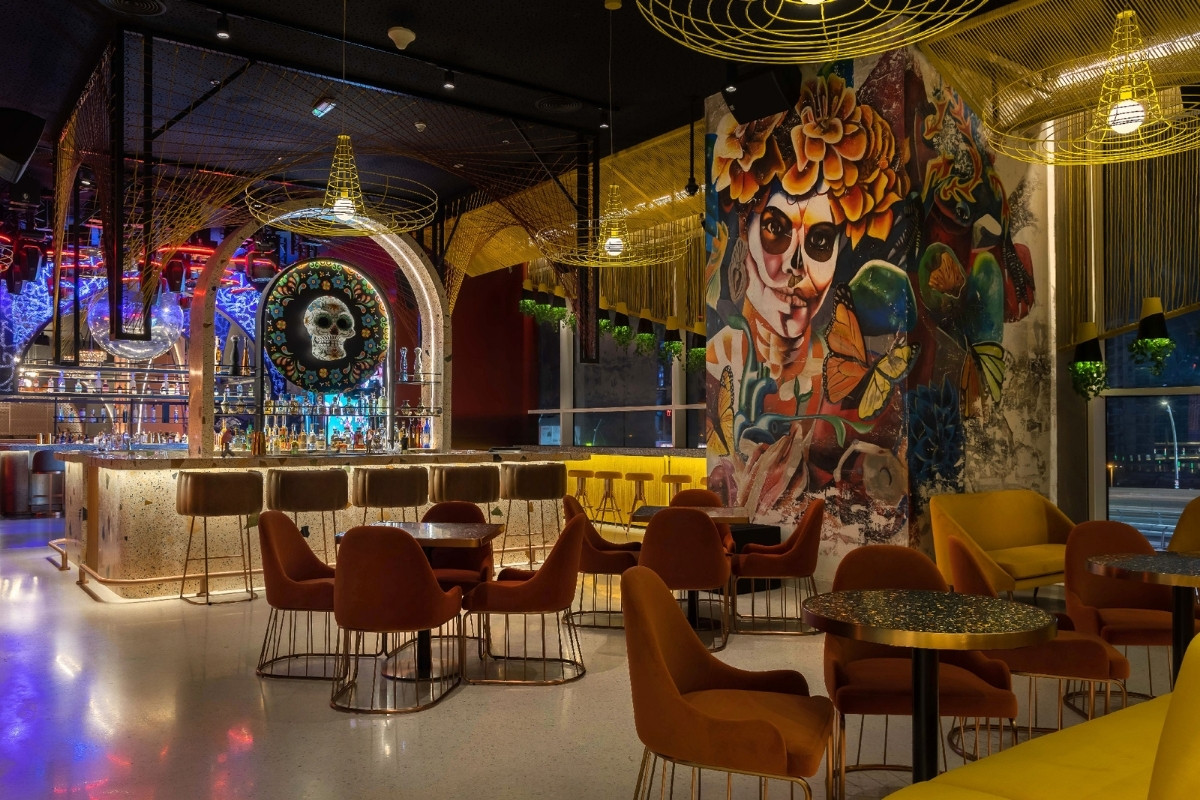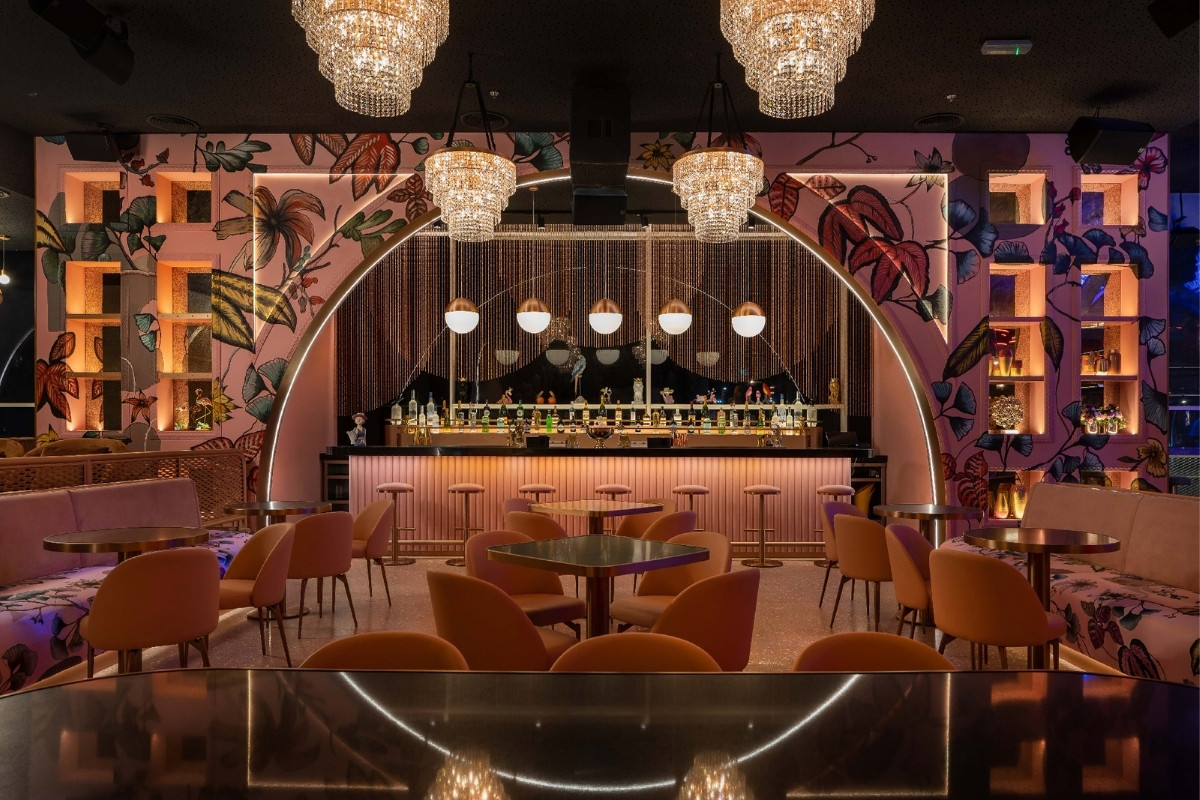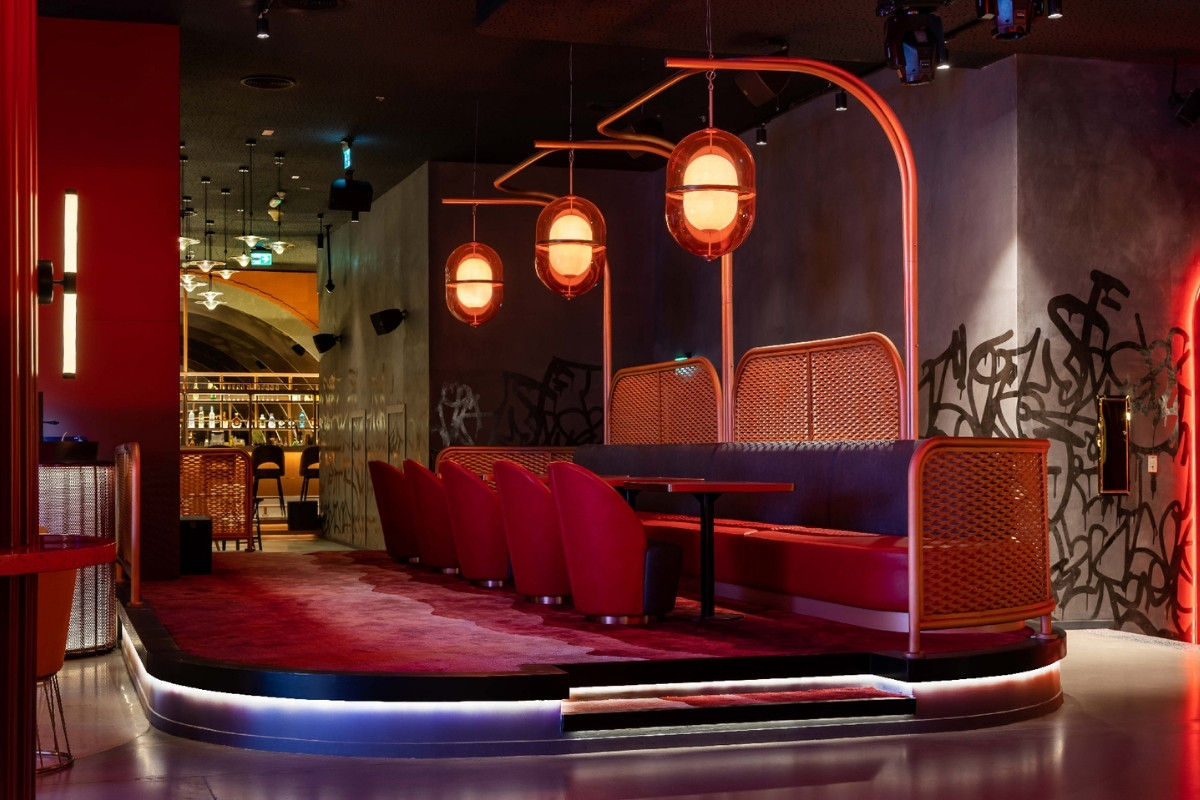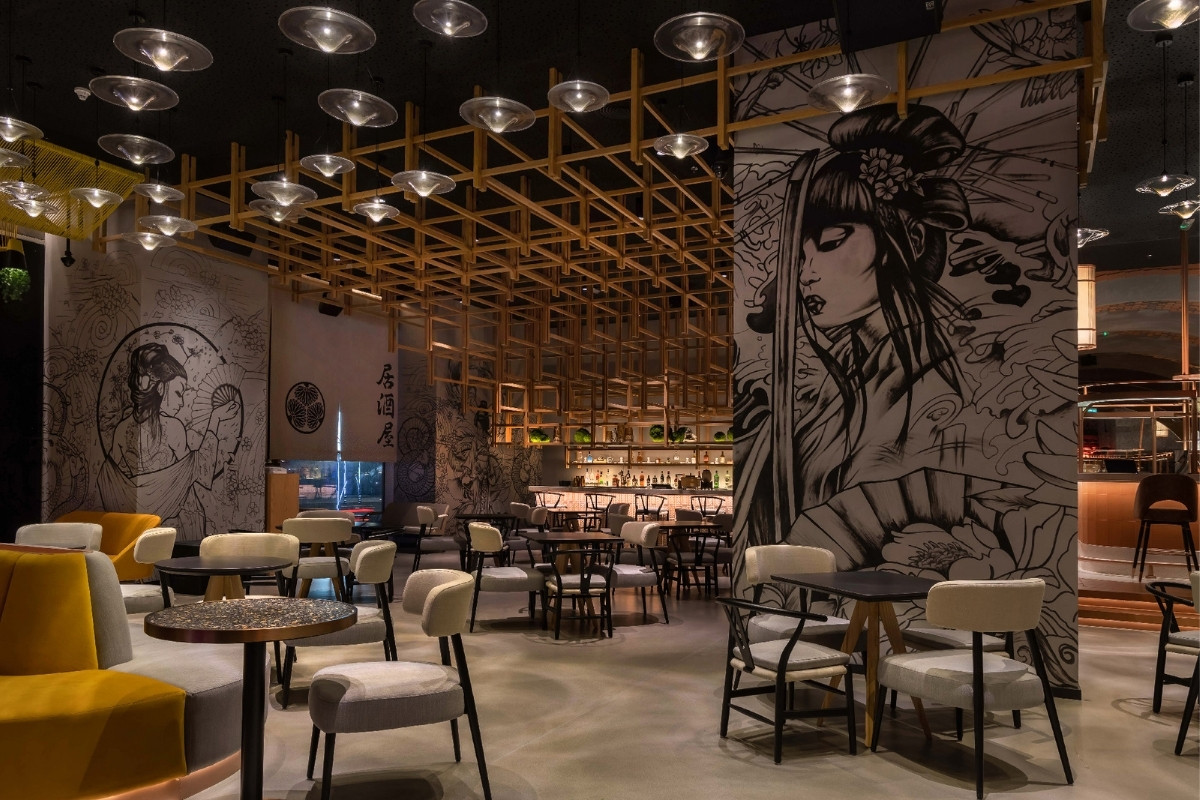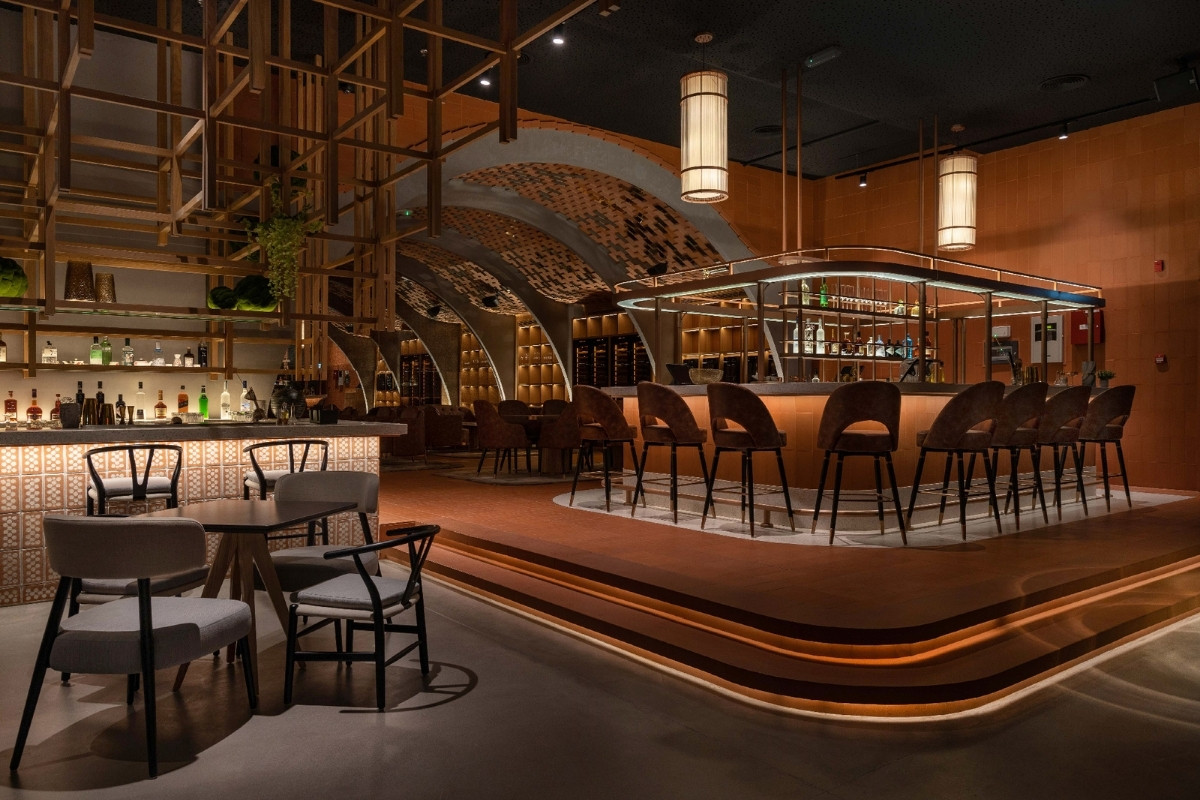Terrazzo is well-known in the industry for its sustainability and eco-friendly properties. Due to its natural composition, terrazzo does not contain any volatile organic compounds (VOC). VOCs are organic compounds that vaporise by temperature changes and high pressure. This leads to emissions, the leading cause of air pollution in urban areas, harming the environment. Architecture is becoming environmentally friendly, and durable, long-lasting materials such as terrazzo are a huge advantage today. 4SPACE is keen to encourage change that benefits the environment and circular economy.
In contrast to wood, tile, and carpeting, terrazzo does not contain grout joints. As a result, there is no need for steam cleaning, energy-wasteful vacuuming, and grout cleaning. Terrazzo is water and highly stain-resistant, therefore easy to manage. Terrazzo is the number one choice for extensive facilities with high foot traffic, such as hospitals, airports, schools, and office buildings. By using terrazzo in construction, 4SPACE ensures exceptional indoor air quality, durable, eco-friendly and low-maintenance flooring and worktop surfaces.
PAPA's Instagram page has become hype and is attracting a lot of customers who are curious about the design elements in the female toilets. Social media influencers have described PAPA Dubai as one of the most Instagrammable night and bar entertainment venues in the United Arab Emirates because of its unique design. 4SPACE has an impressive network and enviable relationship with industry, lifestyle and entertainment magazines, blogs and influencers, generating vast exposure and traffic for the venue.



























